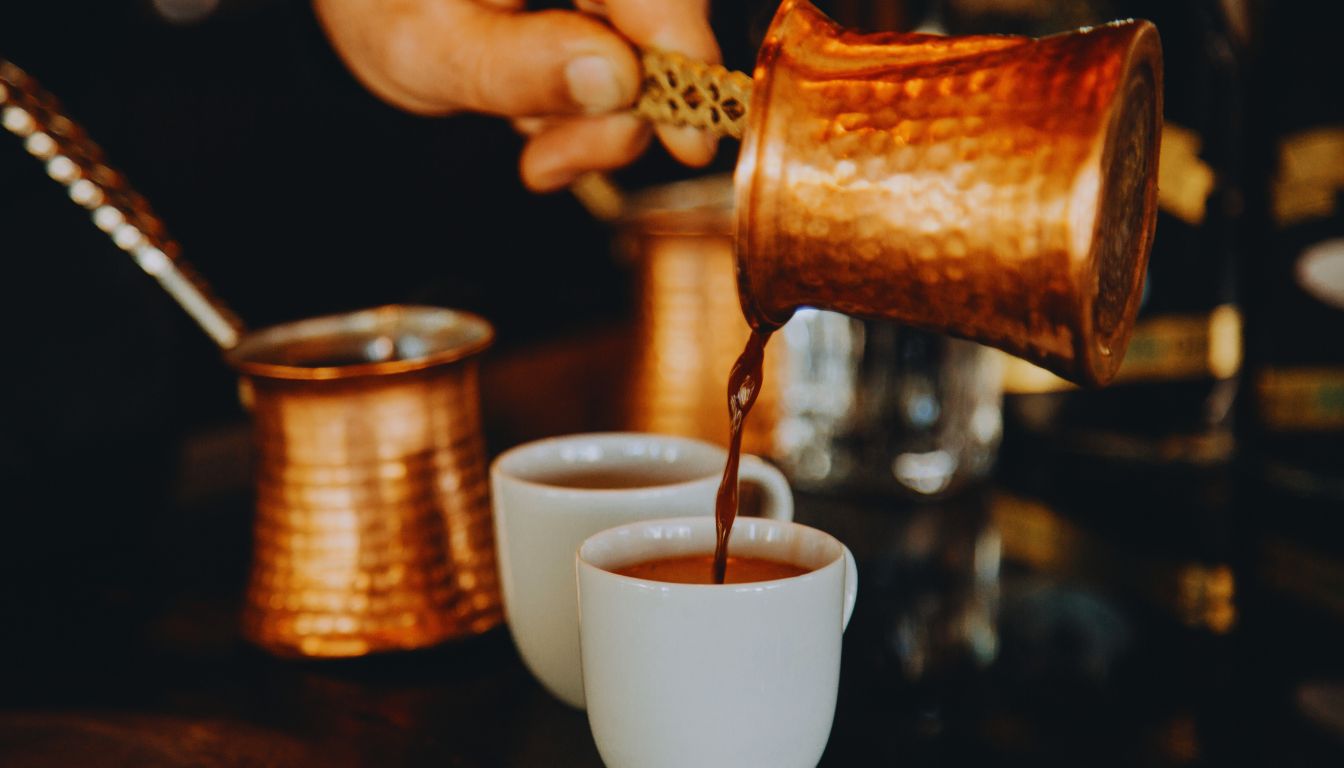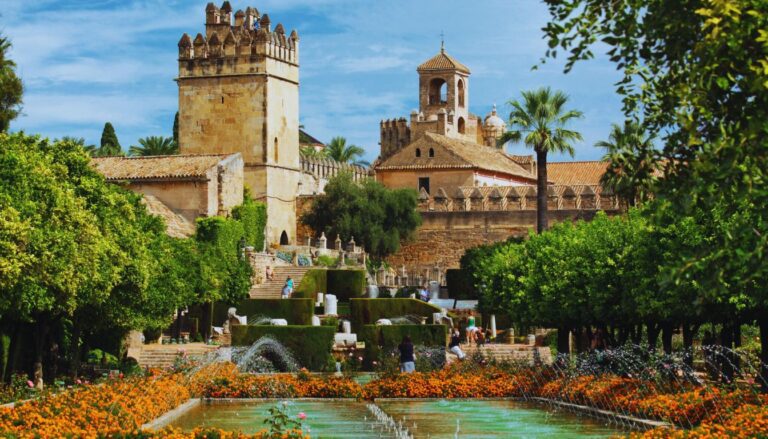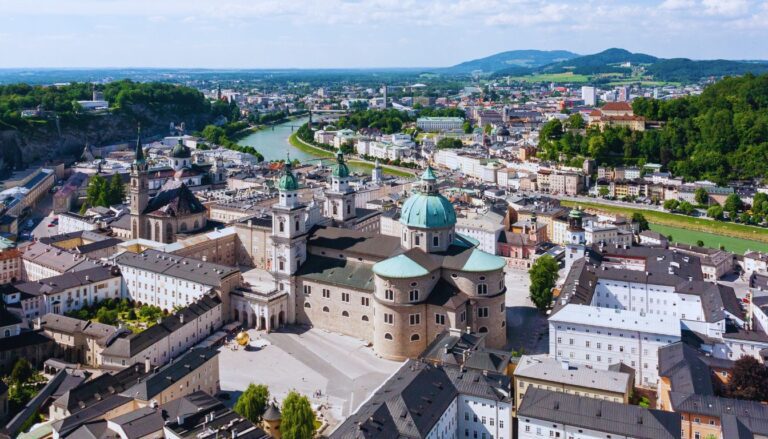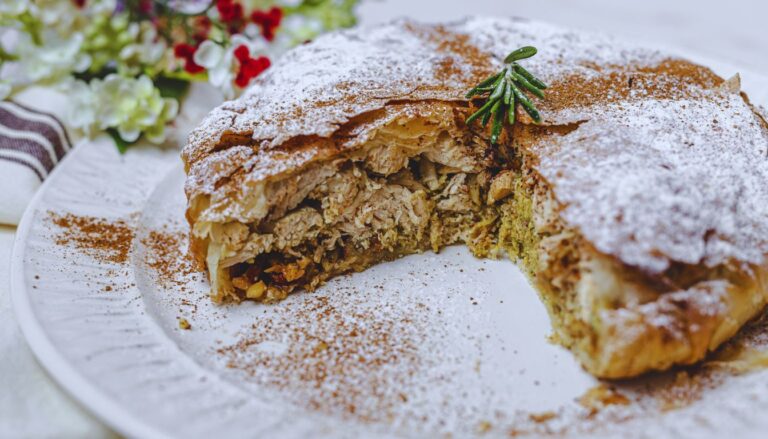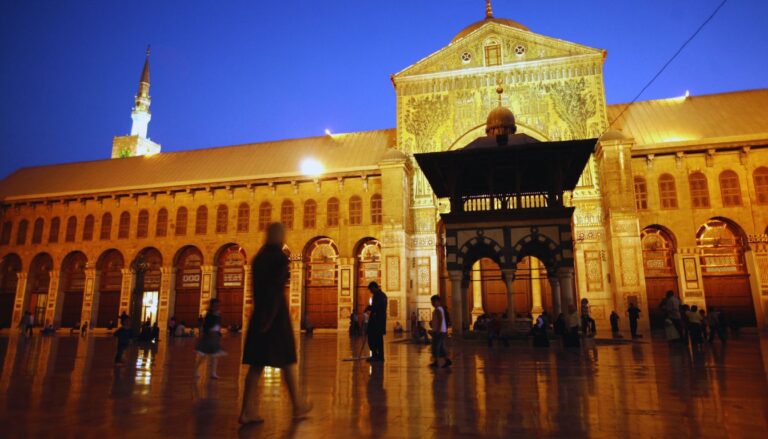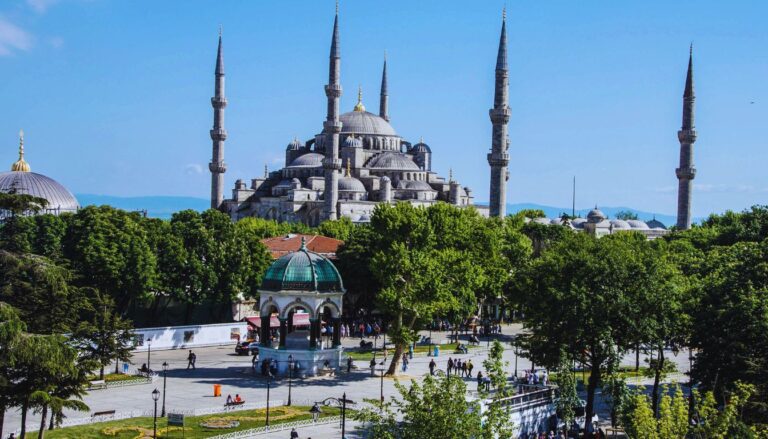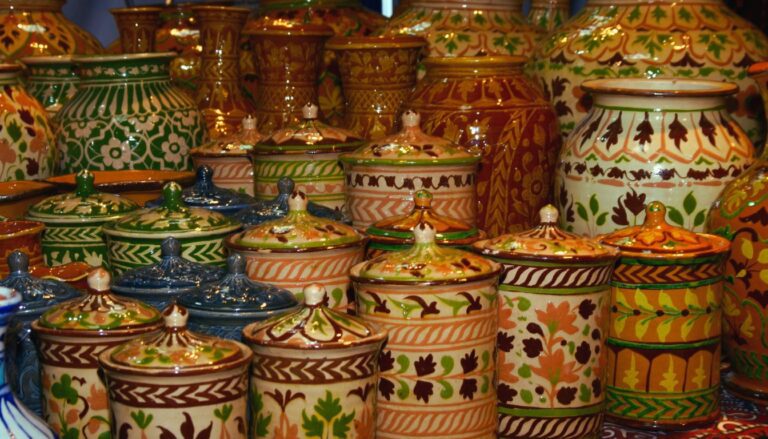Turkish coffee is more than just a beverage; it’s a centuries-old tradition that embodies hospitality, friendship, and culture. This thick, rich coffee, served in small cups and often accompanied by a glass of water and something sweet, has been an integral part of Turkish social life for centuries. Its unique preparation method, distinct flavor, and the rituals surrounding its consumption set it apart from other coffee traditions around the world.
In Turkey, coffee is not just a morning pick-me-up or an afternoon energy boost. It’s a way to welcome guests, a reason to gather with friends, and even a tool for fortune-telling. The phrase “Would you like to have a coffee?” often means much more than its literal translation – it’s an invitation to chat, to spend time together, and to partake in a cherished cultural tradition.
As we delve into the world of Turkish coffee, we’ll explore its rich history, the art of its preparation, and the cultural significance that has earned it recognition from UNESCO as an Intangible Cultural Heritage of Humanity.
Table of Contents
A Brief History: From Ottoman Palaces to Global Recognition
The story of Turkish coffee begins in the mid-16th century during the reign of the Ottoman Empire. Legend has it that the Ottoman Governor of Yemen, Özdemir Pasha, introduced coffee to Sultan Suleiman the Magnificent in 1543. The Sultan was so impressed with the new beverage that he created the position of Chief Coffee Maker (kahvecibaşı) in his court.
From the imperial palace, coffee quickly spread throughout Istanbul and then to the rest of the empire. Coffee houses, known as “kahvehane,” began to spring up across the city. These establishments became important social hubs where people gathered to drink coffee, engage in conversation, play backgammon, and exchange news and ideas.
The popularity of Turkish coffee soon extended beyond the borders of the Ottoman Empire. In the 17th century, it reached Europe, where it initially faced some resistance. In fact, some religious authorities in Europe initially called it the “bitter invention of Satan.” However, its popularity eventually prevailed, and coffee houses began to appear in major European cities.
Today, Turkish coffee is enjoyed not only in Turkey but also in many countries that were once part of the Ottoman Empire, including Greece, the Balkans, North Africa, and the Middle East. Each region has developed its own variations and traditions surrounding the preparation and consumption of this rich, flavorful brew.
The Art of Preparation: Crafting the Perfect Cup
The preparation of Turkish coffee is an art form in itself, requiring patience, skill, and attention to detail. Unlike many other coffee brewing methods, Turkish coffee is prepared by boiling finely ground coffee beans in a special pot called a cezve.
Here’s a step-by-step guide to preparing Turkish coffee:
- Start with cold water and very finely ground coffee. The coffee should be ground to a powder-like consistency, finer than espresso.
- For each cup of coffee, use about 1-2 heaping teaspoons of ground coffee and 1 cup (or Turkish coffee cup) of cold water.
- If desired, add sugar to the cezve along with the coffee and water. This is typically done before brewing, not after.
- Place the cezve on low heat and stir the mixture a few times to combine the ingredients.
- As the coffee heats, a dark foam will begin to form on the surface. Just before it boils, remove the cezve from the heat and spoon some of the foam into each coffee cup.
- Return the cezve to the heat. When it’s about to boil again, pour half of the coffee into the cups.
- Return the cezve to the heat one last time and pour the rest of the coffee into the cups, distributing the foam equally.
The result is a strong, unfiltered coffee with a layer of foam on top and coffee grounds settled at the bottom of the cup. It’s typically served in small, handle-less cups called “fincan,” often accompanied by a glass of water and a sweet treat like Turkish delight.
Tools of the Trade: Traditional Turkish Coffee Equipment
The preparation and serving of Turkish coffee involve several specialized tools, each playing a crucial role in the ritual:
- Cezve (or ibrik): This is the small, long-handled pot used to brew Turkish coffee. Traditionally made of copper, modern cezves can also be found in brass, stainless steel, or even ceramic. The unique shape of the cezve, with its wide bottom and narrow neck, is designed to create the signature foam of Turkish coffee.
- Fincan: These are the small, handle-less cups used to serve Turkish coffee. They typically hold about 2-3 ounces of coffee and are often decorated with intricate designs.
- Tray: Turkish coffee is traditionally served on a decorative tray, often made of copper or brass and adorned with intricate patterns.
- Coffee grinder: While not used in the serving process, a proper grinder is essential for achieving the ultra-fine grind required for Turkish coffee. Traditional Turkish coffee grinders are often beautifully crafted and can be works of art in themselves.
- Sugar bowl: A small, decorative bowl for serving sugar, which some people add to their coffee before brewing.
- Water glasses: Small glasses of water are typically served alongside Turkish coffee to cleanse the palate.
These tools not only serve a practical purpose but also contribute to the overall aesthetic and experience of Turkish coffee consumption.
Serving Rituals: More Than Just Pouring a Cup
The serving of Turkish coffee is steeped in tradition and etiquette. It’s not simply about pouring a beverage; it’s a ritual that demonstrates hospitality and respect.
When guests arrive at a Turkish home, it’s common for the host to ask, “How would you like your coffee?” This doesn’t just refer to the strength of the coffee, but also to the amount of sugar. The options typically include:
- Sade (plain): No sugar
- Az şekerli (little sugar): Half a teaspoon of sugar
- Orta (medium): One teaspoon of sugar
- Çok şekerli (very sweet): Two teaspoons of sugar or more
The coffee is then prepared according to each person’s preference. When serving, the eldest or most honored guest is typically served first. The tray with coffee cups is presented to guests, who then take their cups.
It’s considered polite to wait until everyone has been served before drinking. Guests often take a sip of water before the coffee to cleanse their palate. After finishing the coffee, it’s customary to turn the cup upside down on the saucer and let it cool – this is part of the fortune-telling ritual, which we’ll explore later.
In more formal settings, such as traditional engagement ceremonies, Turkish coffee plays a symbolic role. The bride-to-be prepares and serves coffee to the groom’s family. It’s said that adding salt instead of sugar to the groom’s coffee is a playful way for the bride to express displeasure with the match!
The Social Aspect: Turkish Coffee in Daily Life
In Turkish culture, coffee is much more than a beverage – it’s a social lubricant, a reason to gather, and a symbol of friendship and hospitality. The invitation “Let’s have a coffee together” is often an invitation for a long conversation and quality time spent together.
Turkish coffee houses, or “kahvehane,” have been centers of social and cultural life for centuries. Traditionally frequented by men, these establishments were places where people would gather to drink coffee, smoke tobacco, play backgammon or cards, and engage in lively discussions about everything from local gossip to politics and philosophy.
While the traditional kahvehane culture has evolved over time, the social aspect of Turkish coffee remains strong. Today, both men and women enjoy Turkish coffee in modern cafes, restaurants, and homes. It’s common for friends to meet for Turkish coffee, spending hours in conversation over tiny cups of the potent brew.
In business settings, offering Turkish coffee is a sign of hospitality and can help create a more relaxed atmosphere for negotiations or meetings. It’s not uncommon for important discussions to take place over cups of Turkish coffee.
Even in the fast-paced modern world, the ritual of Turkish coffee serves as a reminder to slow down, enjoy the moment, and connect with others. It’s a tradition that continues to bring people together, fostering relationships and creating shared experiences.
Fortune in the Grounds: The Practice of Tasseography
One of the most intriguing aspects of Turkish coffee culture is the practice of fortune-telling using the coffee grounds left in the cup. This practice, known as tasseography, adds an element of mysticism and fun to the coffee-drinking experience.
After finishing the coffee, the drinker is supposed to turn the cup upside down on the saucer, make a wish, and let it cool. Once cooled, the cup is turned right side up, and the patterns formed by the coffee grounds are interpreted to predict the drinker’s future.
Different shapes and symbols in the grounds are believed to represent different omens:
- Birds might symbolize good news on its way
- A ring could indicate an upcoming marriage
- A snake might warn of enemies or betrayal
- A horse could represent a journey or a visitor
While some take this practice very seriously, for many, it’s a fun and entertaining way to end a coffee gathering. Professional fortune tellers can be found in many Turkish cities, but it’s also common for friends to try reading each other’s cups in a more casual, playful manner.
It’s important to note that while coffee fortune-telling is a widespread practice in Turkey and some surrounding countries, it’s not considered a serious form of divination by most people. Instead, it’s more of a social tradition that adds an element of mystery and excitement to the coffee-drinking ritual.
Regional Variations: Turkish Coffee Around the World
While it’s called “Turkish coffee,” this style of coffee preparation and consumption extends far beyond the borders of Turkey. Many countries that were once part of the Ottoman Empire have their own versions of Turkish coffee, each with unique preparation methods and serving traditions.
In Greece, a very similar coffee is called “ellinikos kafes” (Greek coffee). The main difference is that Greek coffee is typically brewed to be less strong than its Turkish counterpart.
In Armenia, “sourj” is prepared similarly to Turkish coffee but often served with a glass of cold water and a piece of Armenian sweet bread, called gata.
In Bosnia and Herzegovina, Croatian, Montenegro and Serbia, it’s known as “Bosnian coffee” or “Serbian coffee.” It’s served in a dzezva (similar to a cezve) with a metal stand and often accompanied by a sweet treat called lokum.
In the Middle East, particularly in Lebanon and Syria, it’s often referred to as “Arabic coffee” and is frequently flavored with cardamom.
Each of these regional variations reflects the local culture and preferences, demonstrating how Turkish coffee has been adapted and embraced around the world.
Health Benefits and Considerations
Like all forms of coffee, Turkish coffee offers both potential health benefits and some considerations to keep in mind.
Benefits:
- Rich in antioxidants: Coffee is one of the richest sources of antioxidants in the Western diet, and Turkish coffee, being unfiltered, may contain even more of these beneficial compounds.
- May lower risk of certain diseases: Some studies suggest that regular coffee consumption may lower the risk of type 2 diabetes, Parkinson’s disease, and certain types of cancer.
- Mental alertness: The caffeine in Turkish coffee can improve mental alertness and cognitive function.
- Potential cardiovascular benefits: Moderate coffee consumption has been associated with a lower risk of heart disease in some studies.
Considerations:
- High caffeine content: Turkish coffee is typically stronger than other brewing methods, which means it contains more caffeine per ounce. This could be a concern for those sensitive to caffeine or with certain health conditions.
- Unfiltered coffee: Because Turkish coffee is unfiltered, it contains oils called diterpenes, which may slightly raise cholesterol levels if consumed in large quantities.
- Added sugar: If sugar is added during preparation, it increases the calorie content of the coffee.
- Dental health: The strong, unfiltered nature of Turkish coffee may contribute to teeth staining over time.
As with any dietary choice, moderation is key. While Turkish coffee can be part of a healthy lifestyle, it’s always best to consult with a healthcare provider about individual dietary needs and restrictions.
Turkish Coffee in Literature and Art
Turkish coffee has left an indelible mark on Turkish culture, finding its way into various forms of art and literature. Its significance extends beyond mere consumption, becoming a symbol of Turkish identity and a source of inspiration for artists and writers.
In literature, Turkish coffee often appears as a metaphor for life’s bitterness and sweetness. The renowned Turkish poet Yahya Kemal Beyatlı wrote, “Life is bitter like Turkish coffee; memories are sweet like its aroma.” This sentiment captures the complex nature of both the beverage and life itself.
Turkish miniature paintings from the Ottoman era often depict scenes of daily life, including people enjoying coffee in kahvehane or private homes. These artworks provide valuable insights into the historical importance of coffee in Turkish society.
In modern Turkish art, coffee cups and cezves are frequent motifs, symbolizing tradition, hospitality, and social connection. Contemporary artists often incorporate these elements into their work, creating a bridge between traditional culture and modern artistic expression.
Turkish coffee has also inspired countless proverbs and sayings in the Turkish language. One popular saying goes, “A cup of coffee commits one to forty years of friendship,” highlighting the beverage’s role in fostering long-lasting relationships.
The cultural significance of Turkish coffee extends to music as well. Traditional Turkish music often mentions coffee in its lyrics, and there are even songs dedicated entirely to the beloved beverage.
Preserving Tradition: UNESCO Recognition and Modern Challenges
In 2013, Turkish coffee culture and tradition were inscribed on the UNESCO Representative List of the Intangible Cultural Heritage of Humanity. This recognition highlights the significance of Turkish coffee not just as a beverage, but as a social practice deeply rooted in Turkish culture.
UNESCO’s description emphasizes several key aspects of Turkish coffee culture:
- Its special preparation and brewing techniques
- The tradition of coffee houses as social hubs
- Its role in hospitality and ceremonies
- The custom of fortune-telling
This recognition has helped to raise awareness about the cultural importance of Turkish coffee and has encouraged efforts to preserve and promote this tradition.
However, like many traditional practices, Turkish coffee culture faces challenges in the modern world. The rise of global coffee chains and the popularity of espresso-based drinks have introduced new coffee consumption habits, particularly among younger generations.
To address these challenges, there have been various initiatives to keep Turkish coffee relevant:
- Modern Turkish coffee machines: While purists might prefer traditional methods, electric Turkish coffee makers have been developed to make the process easier and more consistent.
- Innovative flavors: Some cafes now offer Turkish coffee with added flavors like vanilla or cardamom to appeal to changing tastes.
- Education and promotion: Many organizations in Turkey and abroad organize workshops and events to teach people about Turkish coffee culture and its preparation.
- Integration with tourism: Turkish coffee experiences are often promoted as part of cultural tourism, allowing visitors to learn about and participate in this tradition.
Despite these challenges, the deep cultural roots of Turkish coffee ensure its continued significance in Turkish society and its growing appreciation around the world.
Conclusion: The Enduring Legacy of Turkish Coffee
Turkish coffee is far more than just a beverage; it’s a centuries-old tradition that embodies the essence of Turkish culture. From its origins in Ottoman palaces to its current status as a globally recognized cultural heritage, Turkish coffee has played a central role in social interactions, hospitality rituals, and daily life in Turkey and beyond.
The unique preparation method, the specialized equipment, the serving rituals, and even the practice of fortune-telling all contribute to making Turkish coffee a multi-sensory, immersive experience. It’s a tradition that engages not just the taste buds, but also sight, smell, and touch, as well as social and cultural sensibilities.
While facing challenges in the modern world of quick, on-the-go coffee consumption, Turkish coffee continues to hold its ground. Its UNESCO recognition has helped to preserve and promote this rich tradition, ensuring that future generations can continue to appreciate and participate in this aspect of Turkish culture.
Whether enjoyed in a bustling Istanbul cafe, a family living room, or a trendy coffee shop halfway across the world, Turkish coffee remains a symbol of hospitality, friendship, and the art of slowing down to savor life’s simple pleasures. It serves as a reminder of the power of a shared cup of coffee to bring people together, spark conversations, and create lasting memories.
As we’ve explored in this journey through Turkish coffee culture, this small cup of strong, aromatic coffee carries within it centuries of history, art, literature, and social customs. It’s a testament to the enduring legacy of a tradition that continues to captivate and connect people around the world, one tiny cup at a time.
Discover the must-visit cultural destinations of Turkish culture
Turkish Coffee Culture and Tradition – UNESCO Intangible Cultural Heritage

